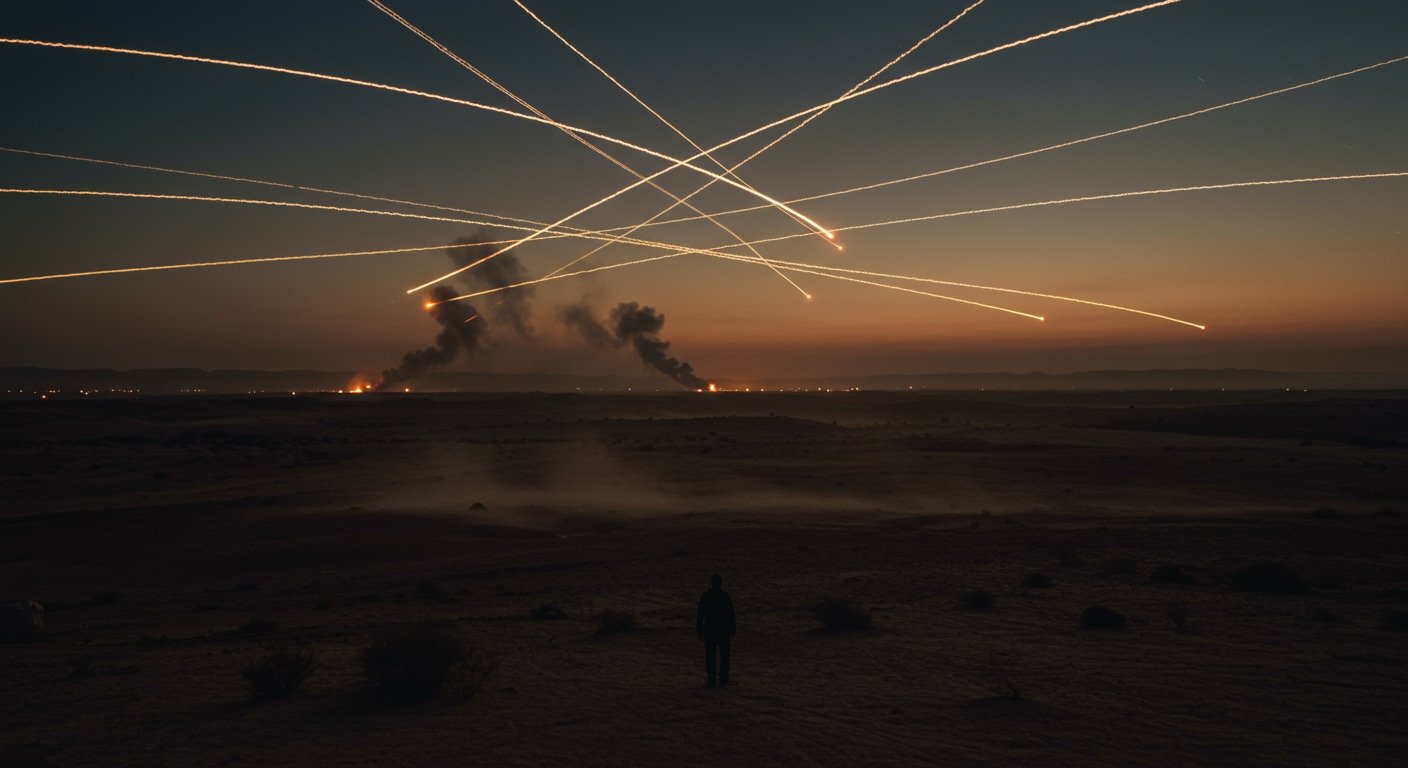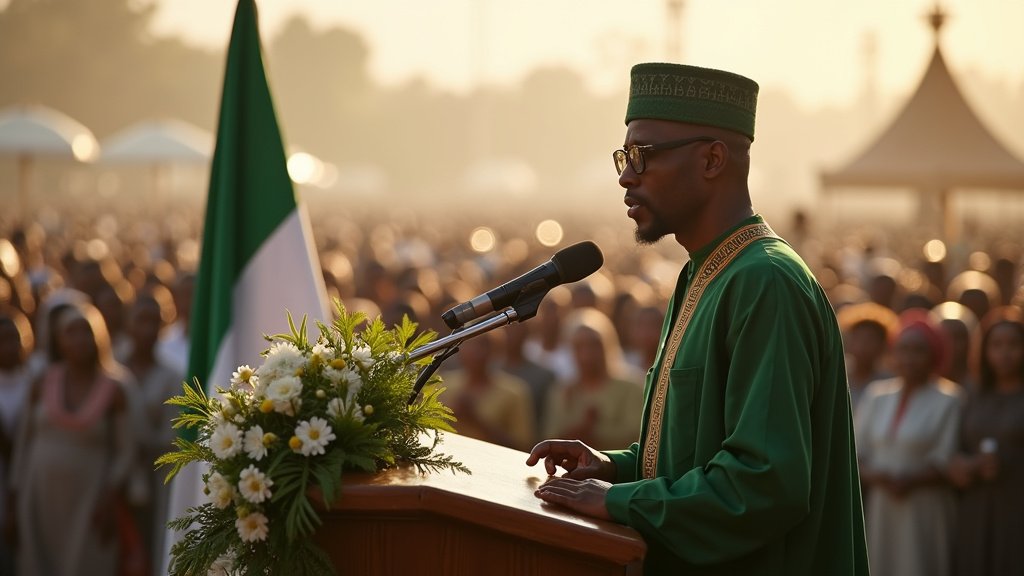US President Donald Trump issued a stark warning to Israel on Tuesday, June 24, 2025, urging restraint amid rapidly escalating hostilities with Iran. The presidential intervention came as a tentative ceasefire, which Trump himself had attempted to broker, appeared to have completely unraveled. In a notable departure from assigning blame solely to one party, the U.S. leader stated unequivocally that both sides had violated the terms of the agreement, signaling a deep level of frustration with the renewed conflict.
Truce Collapse Ignites New Conflict Phase
The fragile calm that briefly held between the regional adversaries shattered this week, giving way to a new phase of intense and deadly conflict. Israeli Defence Minister Israel Katz reportedly issued direct orders for “intense strikes” targeting infrastructure and military assets within Tehran. Minister Katz asserted that Iran was solely responsible for breaching the ceasefire agreement, justifying the renewed offensive as a necessary response to perceived Iranian provocations. This directive signaled a significant and dangerous escalation in Israel’s long-standing shadow war with the Islamic Republic, bringing the conflict into more direct and overt confrontation zones.
However, Tehran vehemently denied any violation of the truce. The Islamic Republic’s top security body swiftly responded with its own stern caution, warning of a decisive response to any perceived Israeli transgressions or continued attacks. This public exchange of accusations and dire threats from high-level officials on both sides underscored the deeply volatile nature of the situation, leaving little apparent room for immediate de-escalation without significant external pressure or a fundamental shift in strategy from either nation. The breakdown of trust following the failed truce has only deepened the chasm between the two powers.
Retaliation and Regional Strikes
Adding another layer of complexity and danger to the unfolding crisis, Iran launched missiles targeting a U.S. military base located in Qatar on Monday. This strike was explicitly characterized by Tehran as a direct act of retaliation for earlier attacks that had severely targeted Iranian nuclear sites. The strategic importance of these sites, viewed by Iran as crucial for its energy program but seen with suspicion by many international powers, has been a core point of tension for years. The missile attack on the base in Qatar signaled Iran’s willingness to expand the geographic scope and potential targets of its response beyond direct confrontation with Israel, although the primary motivation was explicitly linked to the ongoing dispute over its nuclear program and facilities. The targeting of a base hosting American personnel underscores the inherent risks of wider entanglement for international forces present throughout the Middle East amidst this escalating regional conflict.
Mounting Human Toll and Civilian Impact
The collapse of the ceasefire has tragically led to a significant and rapidly mounting increase in casualties on both sides, painting a grim picture of the devastating human cost of the renewed conflict. According to verifiable reports compiled by international observers and local sources, the death toll within Iran has tragically surpassed 400 people since Israel’s initial military actions commenced on June 13. Among the victims in Iran are at least 13 children, a heart-wrenching detail that underscores the devastating impact of the hostilities on the civilian population and raises urgent concerns about the protection of non-combatants. Independent verification of casualty figures in active conflict zones is often challenging, but these numbers suggest a severe humanitarian impact.
Meanwhile, Iran’s retaliatory strikes, primarily involving missile and drone attacks, have also inflicted casualties within Israel. Reports indicate that these Iranian attacks have resulted in at least 28 deaths in Israel. These figures, while representing only the confirmed fatalities and potentially incomplete amidst ongoing fighting, starkly illustrate the deadly effectiveness of the ordnance being employed by both nations and the severe consequences for citizens caught in the crossfire. The rising death toll serves as a somber reminder of the urgent need for a return to dialogue and a sustainable cessation of hostilities, as the current path is clearly leading to further loss of life.
Trump’s Warning and Diplomatic Implications
President Trump’s direct intervention on Tuesday, June 24, 2025, delivering a public warning, was primarily a plea for restraint, specifically urging Israel against launching further major attacks on Iran. His candid statement that both Israel and Iran had violated the truce he brokered suggests a level of frustration with the inability of either party to uphold the agreed-upon terms and perhaps a recognition that blame for the current breakdown cannot be assigned unilaterally. While the precise details of the failed ceasefire agreement and the specific nature of the alleged violations by each side remain subjects of intense diplomatic discussion and disputed claims, Trump’s public admonition signals the depth of international concern regarding the current trajectory of the conflict and the potential for it to spiral out of control.
The U.S. President’s previous attempt to broker a truce underscored the international community’s widespread desire to prevent a wider regional conflagration that could draw in other actors and destabilize global energy markets. His latest statement, however, acknowledges the current reality of a shattered calm and highlights the difficult path ahead for any future diplomatic efforts aimed at restoring stability between the two long-standing adversaries. It also positions the U.S., through its president’s voice, as an active player attempting to manage the crisis, albeit one whose previous diplomatic effort has visibly failed.
Outlook for a Volatile Region
The immediate outlook for the region remains exceptionally volatile and uncertain. With both Israel and Iran adopting hardened stances and resorting to significant military action following the swift breakdown of the tentative truce, the risk of further and more severe escalation is alarmingly high. President Trump’s public warning adds another complex layer to the already intricate diplomatic landscape, emphasizing the international pressure being brought to bear on both sides to de-escalate before the conflict expands further. However, the deep-seated animosities, fundamental conflicting national interests, and the recent history of deadly violence suggest that achieving a lasting peace will be an immense and arduous challenge, requiring sustained, coordinated diplomatic engagement from multiple global powers. The focus now remains squarely on whether President Trump’s warning, coupled with the undeniable and tragic mounting casualties, will be sufficient to prompt a meaningful de-escalation or if the region is poised for a more extensive and potentially devastating conflict with broader regional and international implications.





